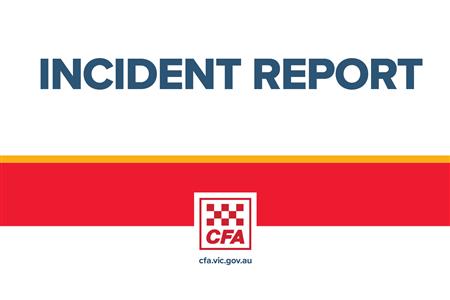Australian health system expenditure on prostate cancer has hit $1.35b annually, making it the nation’s most costly single disease to treat.
Analysis of new data from the AIHW shows that prostate cancer alone accounts for 20 percent of cancer-related expenditure on the Pharmaceutical Benefits Scheme, at a cost of nearly $600m per year.
Prostate Cancer Foundation of Australia CEO, Anne Savage, said the data was a wake-up call.
“Total health system expenditure on prostate cancer was $1.35b in 2019-2020, accounting for the highest costs of any single disease condition and of all cancer types (excluding non-melanoma skin cancers).
“This compares to total spending on prostate cancer of $1.19b in 2018-19, a 13 percent year-on-year increase, with the cost of public hospital admissions alone increasing 32 percent.
“Private hospital service expenditure on prostate cancer increased by 15 percent on the previous year and Pharmaceutical Benefit Scheme expenditure increased by 18 percent on previous year, surpassing half a billion dollars annually.
“These figures quantify the increasing burden of prostate cancer on Australian men, their families, our community, and the economy.
“With an ageing and an increasing population, we can accurately predict that these costs will continue to increase as more than 24,000 men are newly diagnosed each year.
“A significant number of these men will require treatment over many years, with financial impacts on their families and the health system.
“There are two excellent ways to reduce these costs, firstly by giving all men access to early and effective treatment with the best available medicines and therapies, and secondly by boosting investment in Australian-based prostate cancer research.
“Over the longer term, our investments in research will provide the best prospects for finding new answers to treat prostate cancer.
“Our efforts must focus on finding better methods to detect high-grade prostate cancers early, better medicines to stop those cancers from spreading, and better solutions for the thousands of Australian men who live with the side-effects of their initial treatment and need ongoing clinical and mental health care.”
Release of the data coincides with publication of the latest findings from Australia’s Prostate Cancer Outcomes Registry, revealing high rates of men with prostate cancer have serious health challenges associated with loss of sexual function and incontinence due to treatment.
The PCOR report also found the number of Australian men diagnosed with high-risk and potentially deadly prostate cancers increased from 36 percent in 2018 to 38 percent in 2019.






